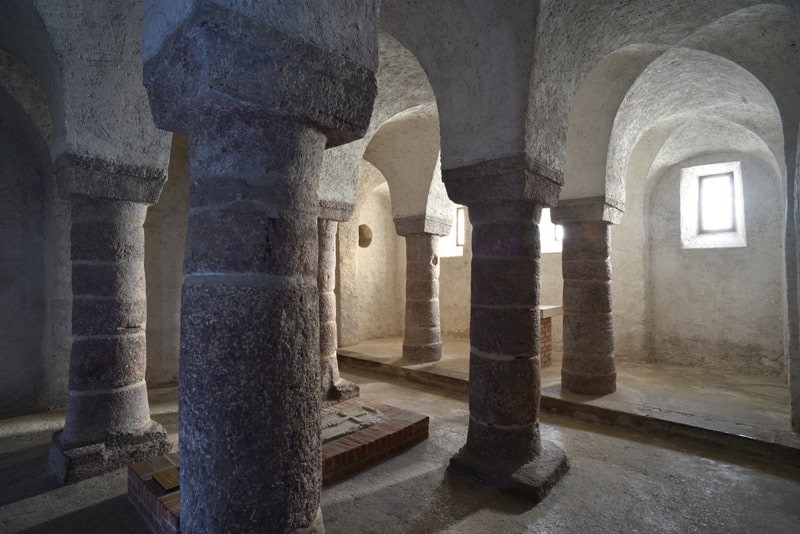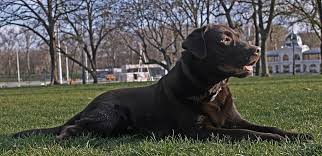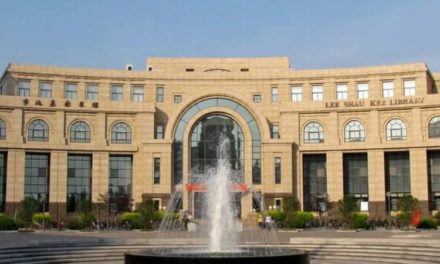The bones, whose carbon isotope analysis was reported at a press conference on Tuesday by the researchers of the Humanities Research Center, may belong to King András I, the founder of the Benedictine monastery in Tihany, and his immediate family.
The results of the carbon dating tests prove that some of the anthropological material found can definitely be linked to the very first period of use of the crypt, in the 11th century - paleoanthropologist Balázs Gusztáv Mende explained the results of the radiocarbon test.
Balázs Balogh, the director general of the Humanities Research Center, recalled that the actual archaeological excavation, the verification excavation and the monumental wall research started on April 30, 2021 in the Royal Crypt. After the archaeological verification excavation, the experts, in cooperation with several internationally recognized laboratories, examined the remains of human bones discovered in the Royal Crypt of the Tihany Abbey.
Father Jeromos Mihályi, in his salutation of the Benedictine Abbey of Tihany, reminded us that András I was buried in the Tihany monastery in 1060. Since then, it has been the task of the Benedictine community to be the guardian of the royal tomb and to pray for the spiritual well-being of the king and his family. He recalled that the complex renovation of the abbey began in 2019. It was then that the renewal of the sub-church was formulated. One of the first moments of this was the archaeological excavation.
Kornél Szovák, the head of the project, said in his summary: their original objective was to authenticate and document the area, which has been disturbed many times, from an archaeological point of view. As he added: medieval documents confirm that András I and his son were both buried in the Tihany Benedictine monastery.
"We hoped that the documents and archaeological knowledge would be in harmony with each other," he explained, highlighting the high probability that King András I's wife, Anastasia, was also buried in Tihany.

Based on the documented sources, the results of the historical research so far, the historical tradition of the abbey and the results of the newly conducted archaeological excavation, it can be said that the bone remains that can be dated to the 11th century may belong to the remains of King András I and his immediate family - the researcher summarized the results of the investigation. As he added, as a supplement to the tests, genetic testing of the bone remains dated to the 11th century is currently underway at the Institute of Archaeogenomics of BTK.
more about this on the vasarnap.hu portal.












